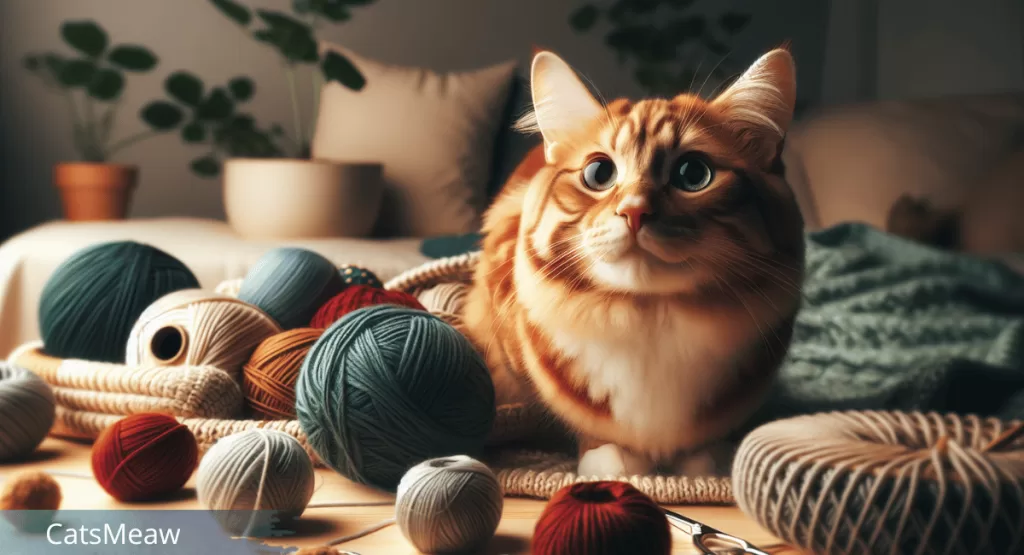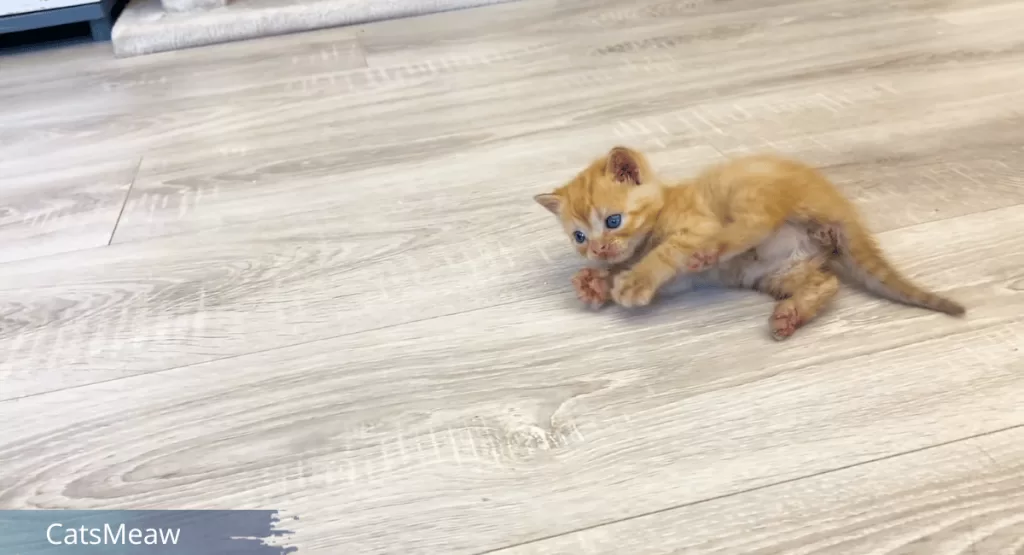Cats, living close to human societies for about 12,000 years, have become central figures in many myths and misconceptions, from their self-reliant domestication to the varied superstitions surrounding black cats.
This article aims to debunk common cat mythology and misconceptions, from the unfounded fears around black cats to questioning their dislike for water and the famous claim of their nine lives. By unraveling these cat mythology, you’ll gain a deeper understanding of our feline friends and their true nature beyond the folklore.

Table of Contents
Cat mythology and Misconceptions
The journey of cat mythology is deeply woven with narratives that paint these creatures as both bearers of luck and mystical beings with nine lives, illustrating the complexity of human-animal relationships over millennia.
The Truth About Black Cats
The belief that black cats bring bad luck is deeply rooted in Western culture, tracing back to Ancient Greece. This superstition may have originated from their sleek demeanor, often perceived as sneaky or malicious. Despite these misconceptions, black cats are seen as symbols of good luck in cultures around the world, including Scotland and Japan, where they are believed to bring prosperity and good fortune.
- Cultural Perceptions of Black Cats:
- In the Middle Ages and during the Salem Witch Trials, black cats were wrongly associated with witches and witchcraft, leading to their persecution alongside those accused of witchcraft.
- In contrast, ancient Egypt revered black cats, associating them with the goddess Bastet, symbolizing playfulness, grace, and power. Killing a cat in ancient Egypt was considered a grave offense, punishable by death.
Black cats face modern-day challenges, including lower adoption rates and higher euthanasia rates in shelters, partly due to the lingering stigma and misconceptions about their temperament based on color. However, these cat mythology are unfounded as black cats are known for their loyalty, sensitivity, and caring nature. They also possess a genetic mutation that not only gives them their distinctive color but also offers protection against certain diseases.
Do Cats Really Hate Water?
Understanding why cats might not be the biggest fans of water can be quite intriguing. Here’s a breakdown to clarify this common misconception:
- Evolutionary Background: Cats originated from arid environments where encounters with large bodies of water were rare. This lack of exposure means they didn’t develop the need or affinity for swimming or bathing in water like some other species.
- Physical Discomfort: When a cat’s fur gets wet, it becomes heavy and can make them feel less agile. This not only makes them uncomfortable but can also make them feel vulnerable to predators. Additionally, their fur isn’t designed to repel water efficiently, leading to a slow drying process which can further their discomfort.
- Negative Associations: Early negative experiences with water, such as an unexpected plunge, can lead to a long-lasting aversion. Cats value control over their environment, and being in water can make them feel out of control and stressed. Furthermore, the smell of chemicals in tap water can be off-putting for them.
Related: Adopting a Cat or Kitten: 8 Things to Consider
However, it’s interesting to note that not all cats despise water. Cats breed like the Maine Coon, Bengal, and Turkish Van show less fear and may even enjoy water-related activities. This suggests that while a general aversion exists, individual preferences and breed characteristics can influence a cat’s tolerance for water.
Cats and Their Independence
Cats have long been celebrated for their spirited independence, a trait deeply rooted in their evolutionary history and natural behaviors. This independence is not merely a personality quirk but a reflection of their survival mechanisms as solitary hunters. Unlike dogs, cats do not view their human companions as a source of safety and security but rather as partners in a mutually beneficial relationship. This dynamic explains why cats:
- Adapt Well to Solitude: They can spend extended periods alone without experiencing distress, thanks to their self-sufficient nature.
- Self-Grooming: Cats dedicate a significant portion of their day to grooming, which reduces their reliance on humans for cleanliness.
- Territorial Instincts: Their natural tendency to establish and mark territories emphasizes their need for independence rather than protection from a human.
Despite their independent streak, cats are capable of forming deep, affectionate bonds with their owners. They show love and affection in their unique ways, such as purring, head-butting, or bringing gifts like hunted prey.

It’s crucial to understand that a cat’s independence doesn’t equate to a lack of affection or loyalty. Instead, it highlights their unique way of navigating the world—a blend of self-reliance and social bonding.
The Nine Lives Myth
The enduring myth that cats possess nine lives is not only a testament to their agility but also a fascinating aspect of cat mythology deeply rooted in historical and cultural contexts. Here’s a closer look:
- Historical Origins:
- Ancient Egypt revered cats, linking them to the sun god Atum-Ra, who was believed to take the form of a cat to visit the underworld, giving birth to eight other gods. This reverence is a possible origin for the myth, suggesting a divine connection to the number nine.
- The phrase ‘cats have nine lives’ has been traced back hundreds of years, with variations of the myth appearing in Egypt, Greece, and China, highlighting the global fascination with cats’ survival skills.
- Biological Basis:
- Cats are equipped with a ‘righting reflex,’ allowing them to orient their bodies during a fall to land on their feet. This remarkable ability, combined with their flexible bones and ligaments, contributes to their reputation for surviving falls from significant heights.
- Despite these impressive survival traits, it’s crucial to remember that cats, like all other animals, have only one life. The myth serves more as a metaphor for their agility and the remarkable ability to escape perilous situations.
- Cultural Variations:
- Interestingly, the number of lives attributed to cats varies across cultures. While nine lives are commonly cited in Western cultures, Arab countries believe cats have six lives, and Spanish-speaking nations say they have seven, indicating the widespread nature of this myth but with regional differences.
This exploration into the nine lives myth reveals not just the physical agility of cats but also the rich tapestry of cultural beliefs and stories that have celebrated and mystified these creatures throughout history.
Conclusion
Throughout this exploration of cat mythology and misconceptions, we’ve journeyed from the darkly mysterious perceptions of black cats to the intriguing tales of their supposed disdain for water, their iconic independence, and the captivating myth of their nine lives. This examination not only dismantles long-held beliefs but also offers a glimpse into the nuanced and complex nature of cats, highlighting the importance of understanding and appreciating these creatures beyond the folklore.
Related: Cat Breeds: Discover the Best Breed to Adopt
By debunking these cat mythology, we foster a deeper connection with our feline companions, grounded in knowledge and empathy rather than superstition and fear.
The implications of these misconceptions stretch far beyond mere folklore; they influence how cats are perceived and treated in our homes and communities. Recognizing the significance of these findings, we are called to advocate for a shift in perspective, one that sees cats for their true selves—affectionate, intelligent, and remarkably adaptable beings. As we move forward, let us carry with us the lessons learned, opening the door for further research and a more informed appreciation of the enigmatic creatures that share our lives.
